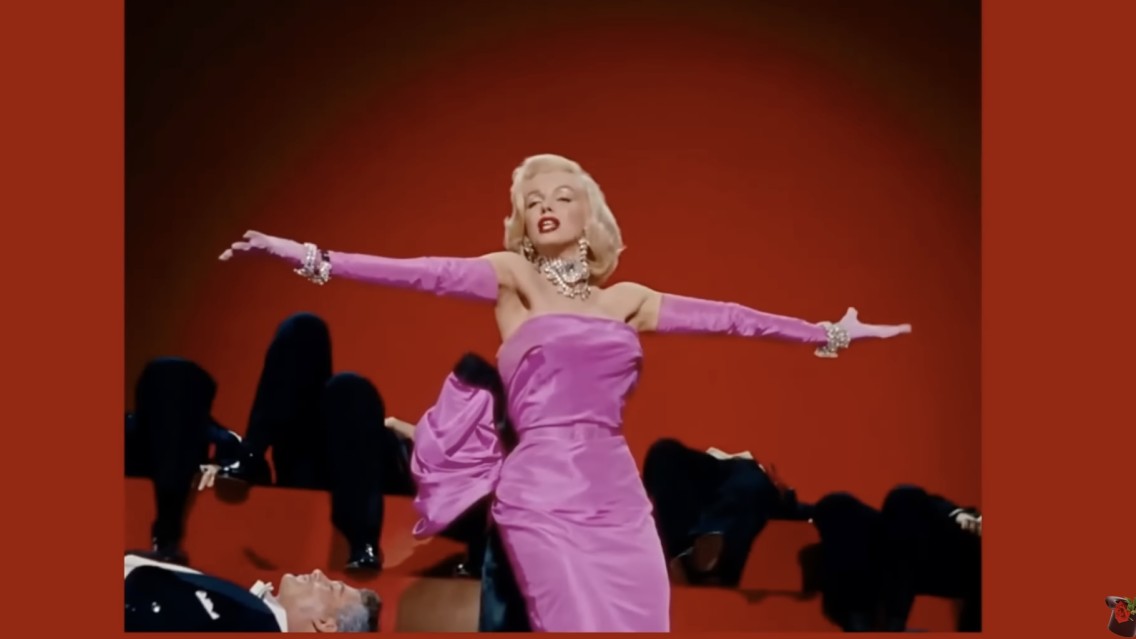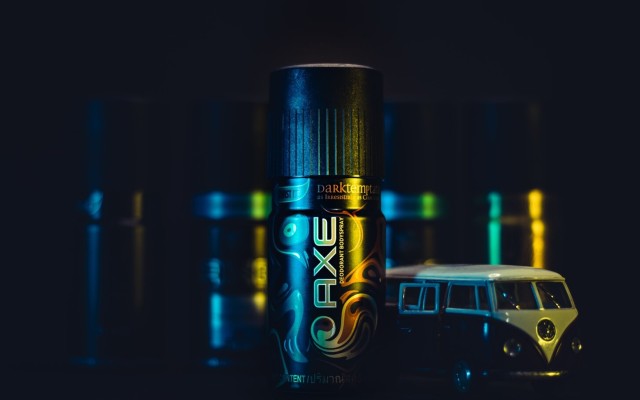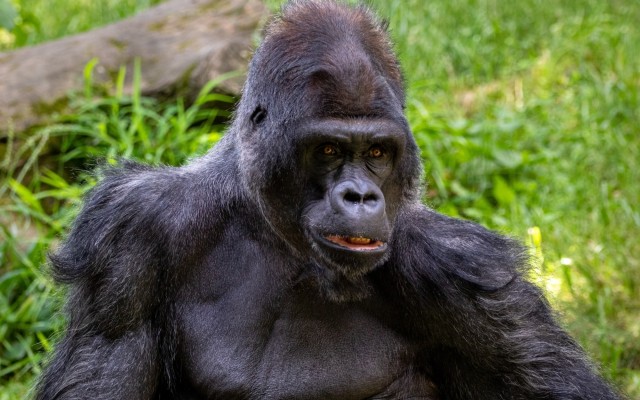 develop a marketing strategy into a tradition?
develop a marketing strategy into a tradition?
Success story
long enough to brush your teeth

De Beers Diamond Company
The story of how De Beers invented the diamond engagement ring tradition
Getting engaged typically involves an expensive diamond ring, while popping the question during an orchestrated, surprise proposal. A tradition as old as time, or is it? What many don’t realize is that it's all part of a smart marketing strategy developed not so long ago, by the world's biggest diamond company.
Diamonds are a girl's best friend. Diamonds are forever. Two of the many famous slogans that establish diamonds as the ultimate token of love.
We all know that diamond rings are quintessential to engagement proposals. How serious can you be showing up with anything less? We’re talking about true love here!
And even though it takes the average Joe a good couple of months (or years) to save up for a decent diamond, nobody really seems to question this expensive tradition.
It all started roughly a century ago, when De Beers hired advertising agency N.W. Ayer to revive a declining diamond industry, following a period of worldwide war and economic depression.
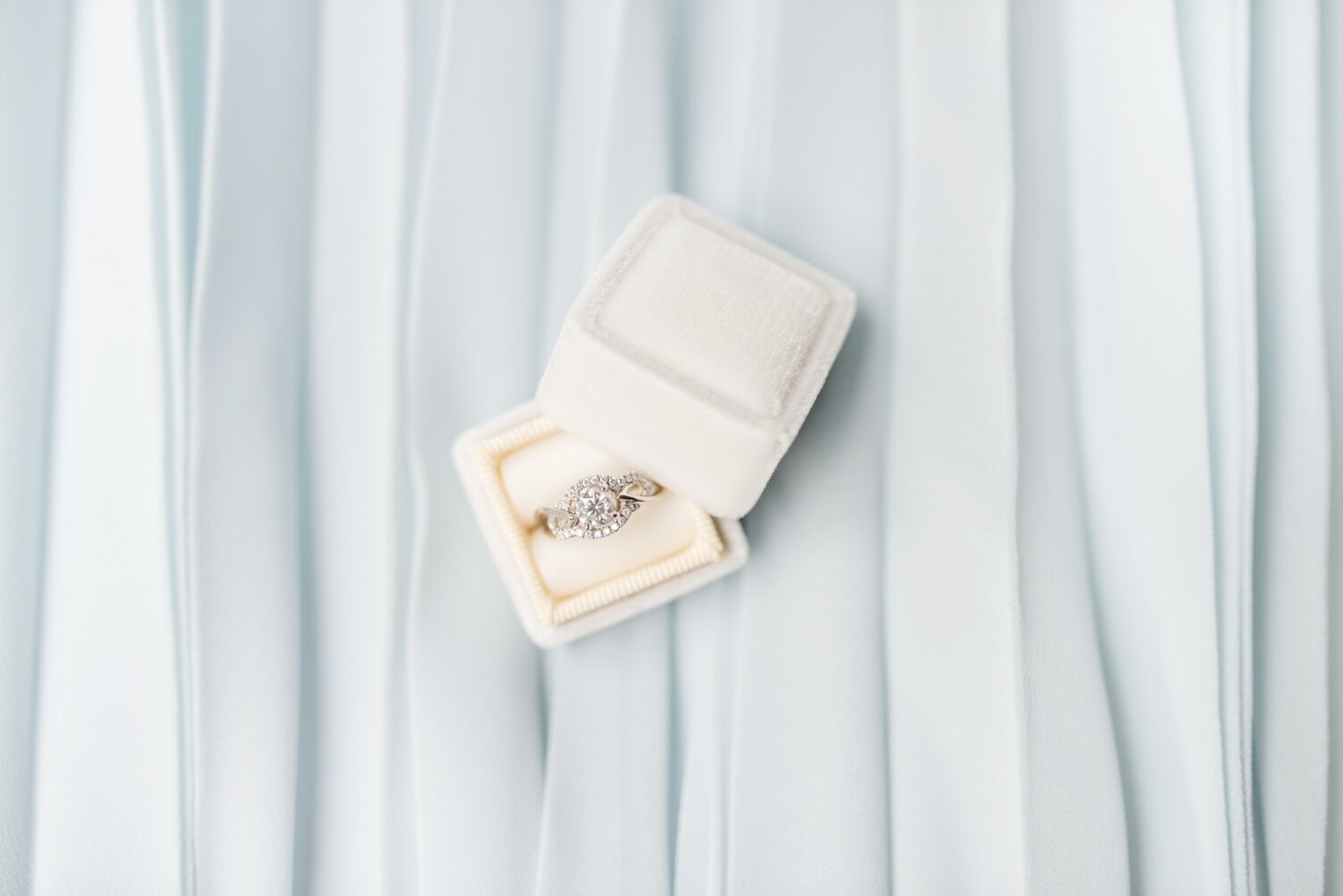

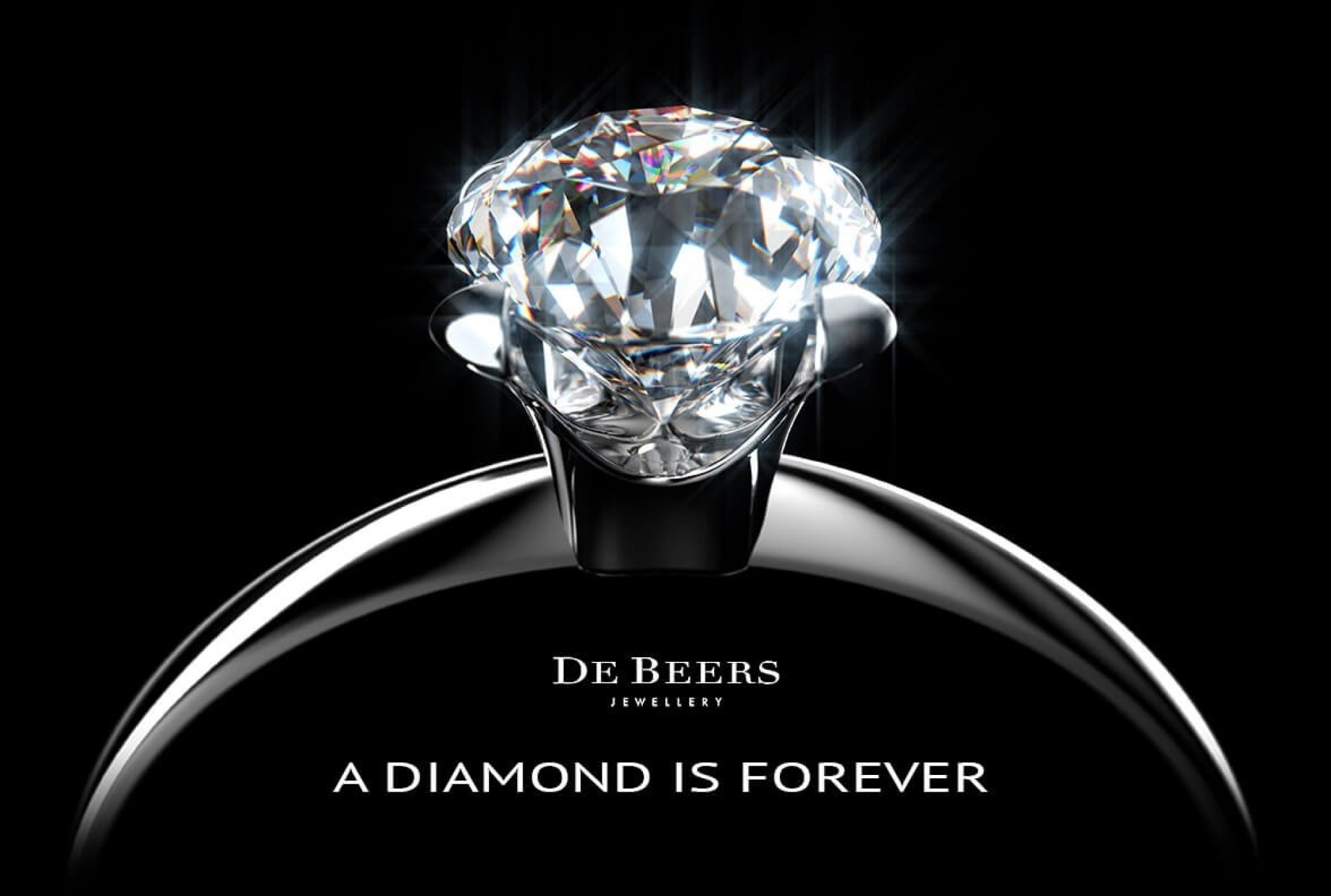
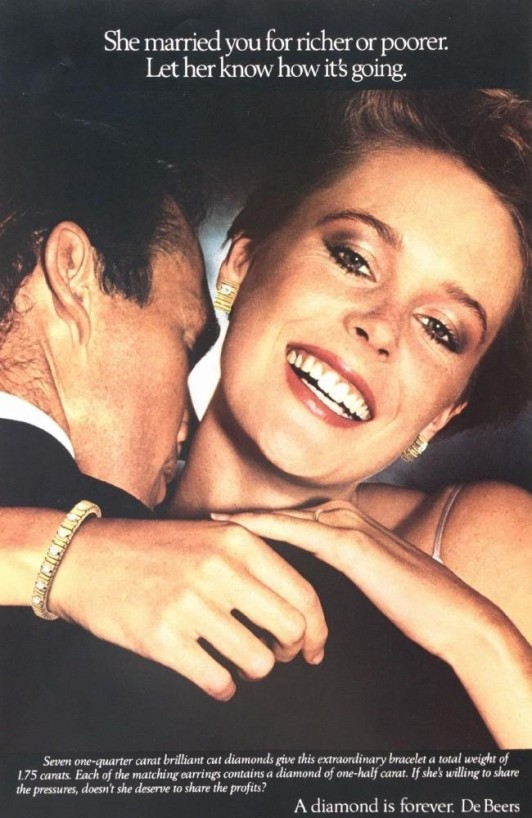
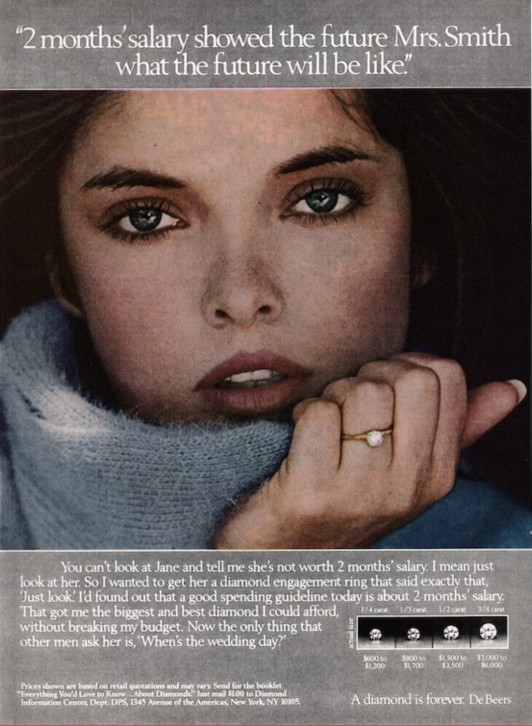
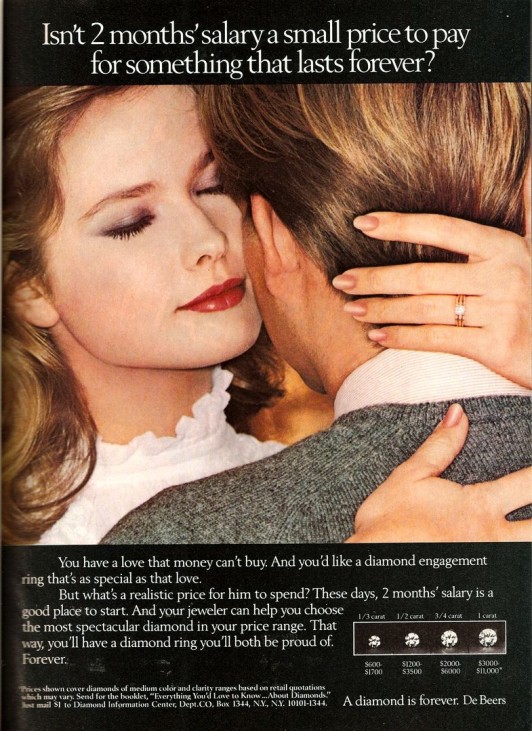
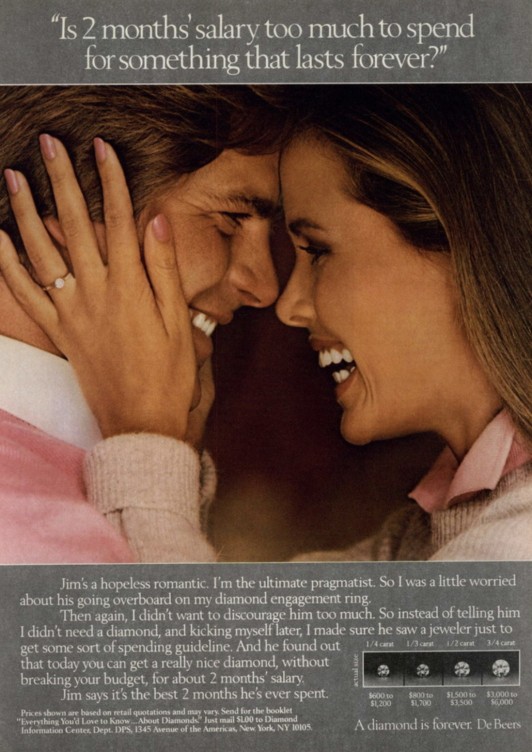
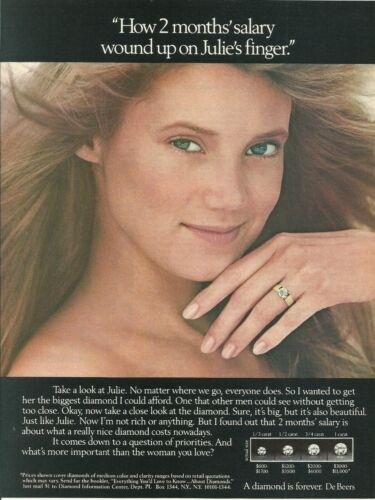
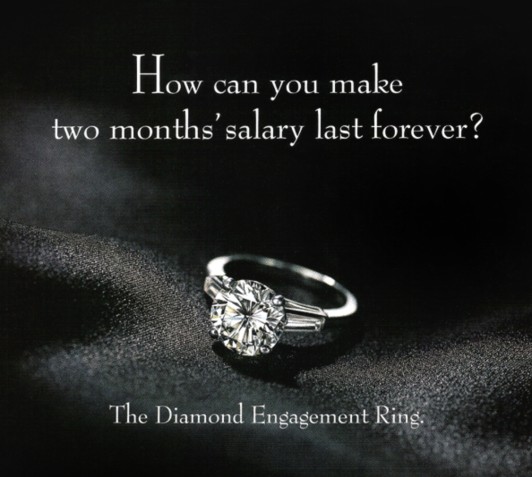
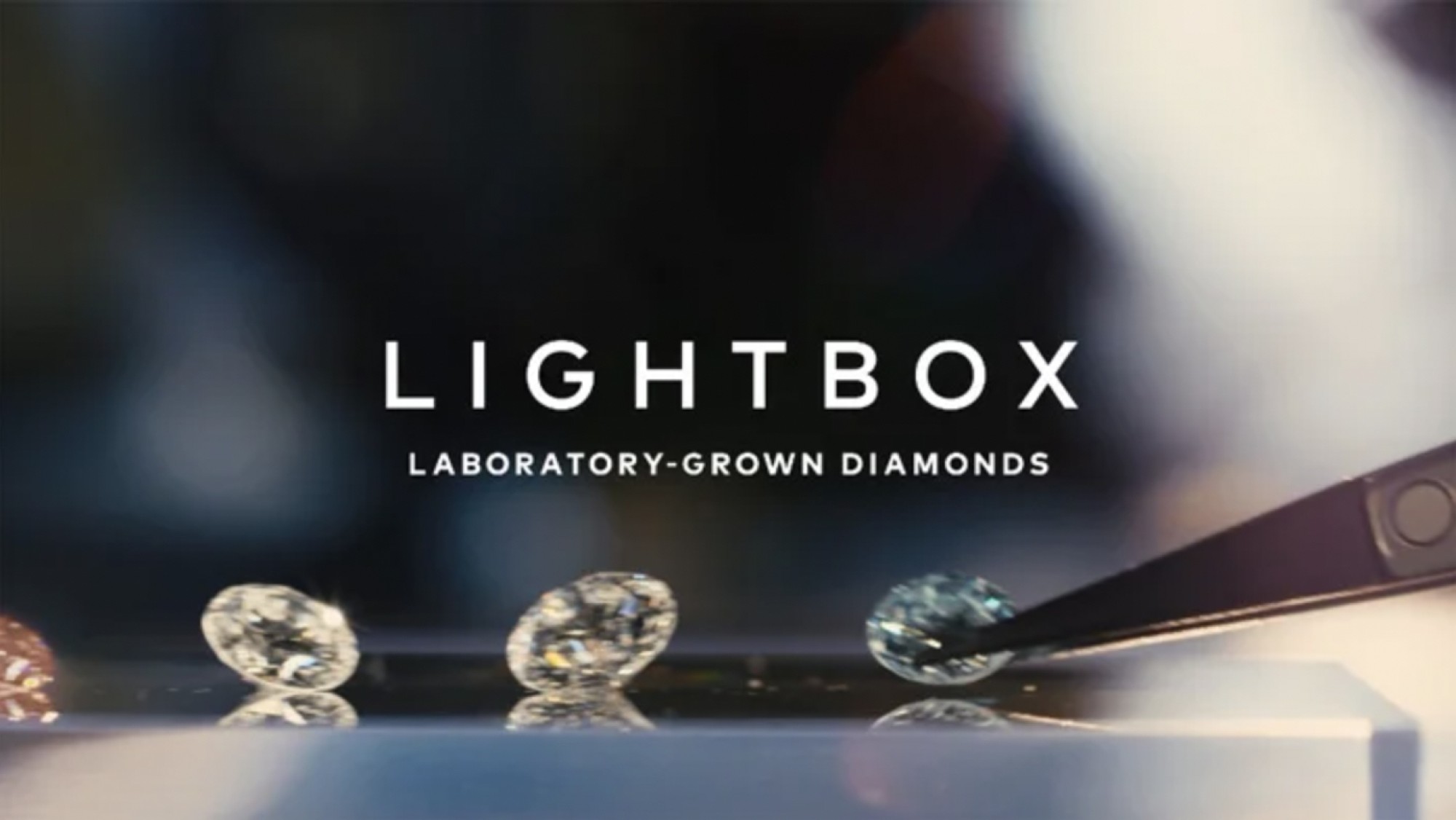
What have you done that would make 10 year old you think you're actually cool?
Articles

